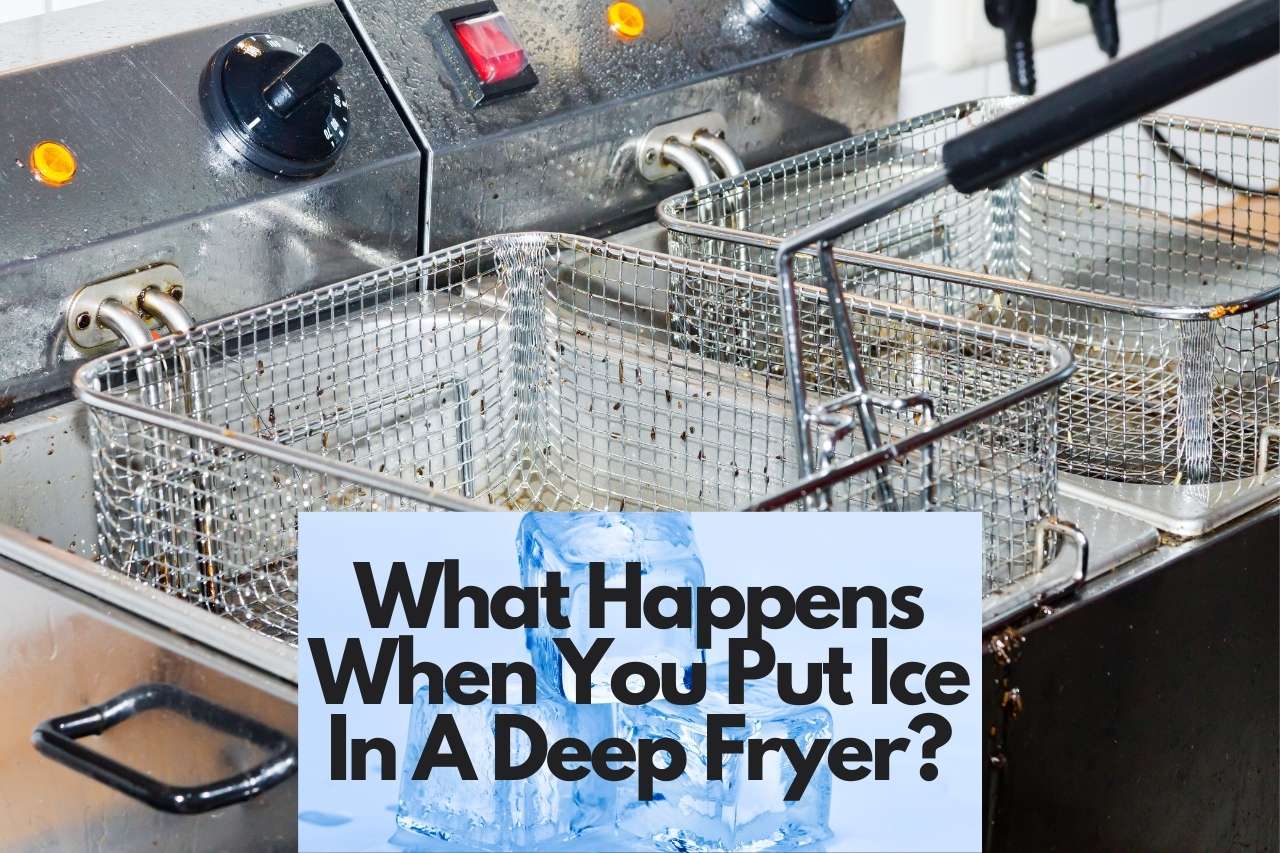

Articles
What Happens When You Put Ice In A Deep Fryer
Modified: January 20, 2024
Discover the fascinating science behind putting ice in a deep fryer in this informative article. Learn about the potential risks, benefits, and surprising outcomes of this unconventional cooking method.
(Many of the links in this article redirect to a specific reviewed product. Your purchase of these products through affiliate links helps to generate commission for Storables.com, at no extra cost. Learn more)
Introduction
Deep frying is a cooking technique that involves submerging food in hot oil, resulting in crispy and flavorful dishes. It is commonly used to prepare a wide variety of foods, including french fries, chicken wings, and onion rings. But have you ever wondered what would happen if you put ice in a deep fryer?
Deep frying involves heating oil to high temperatures, typically around 350 to 375 degrees Fahrenheit (177 to 191 degrees Celsius). The high heat causes water within the food to quickly evaporate, creating steam. This steam then cooks the interior of the food while the oil on the outside forms a crispy crust. The process also helps to seal in the moisture and enhance the flavors of the ingredients.
Ice, on the other hand, is solid water kept at temperatures below freezing. It is mainly used to cool beverages or to preserve perishable items. Ice is known for its ability to absorb heat and melt into liquid water, but can it withstand the extreme temperatures found in a deep fryer?
In this article, we will explore the science behind deep frying, understand the properties of ice, and conduct an experiment to see what happens when ice is placed in a deep fryer. We will also discuss the reactions that occur and any potential risks or safety precautions involved.
By examining the interactions between ice and hot oil, we can gain insights into the physical and chemical changes that take place during deep frying. This knowledge can help us better understand the principles behind this popular cooking method and even inspire new culinary creations.
So, if you’re curious about the outcome of putting ice in a deep fryer and want to delve into the fascinating world of food science, let’s dive in and uncover the mysteries behind this curious experiment. Get ready for a deep-fried adventure like no other!
Key Takeaways:
- Putting ice in a deep fryer is not just unsafe, but it can lead to dangerous splattering, potential fire hazards, and risk of burns. Always prioritize safety when working with hot oil and water.
- While the experiment of putting ice in a deep fryer may not be recommended, the exploration of the science behind it can lead to further research and potential applications in the culinary world. Understanding the properties of ice and its reactions with heat can inspire innovations in cooking techniques, ingredient combinations, and texture modifications.
The Science Behind Deep Frying
Deep frying is not just a simple cooking method; it is a science. Understanding the underlying principles can help us achieve the perfect crispy and delicious fried foods.
Deep frying relies on the concept of heat transfer. When food is submerged in hot oil, the heat causes moisture within the food to evaporate rapidly. This process is known as vaporization. As the water molecules in the food turn to steam, they expand, creating bubbles on the surface. These bubbles ultimately form the characteristic golden brown crust.
The high temperature of the oil is crucial in deep frying. It creates a fast and efficient cooking process, where the outside of the food cooks quickly while the heat gradually penetrates the interior. Oil transfers heat more efficiently than air, allowing food to cook evenly and retain moisture. However, keeping the temperature within the ideal range is essential to prevent the food from becoming greasy or overcooked.
The chemical reaction that occurs during deep frying is called the Maillard reaction. It is a complex series of reactions between amino acids and reducing sugars in the food. This reaction gives fried foods their distinctive brown color and rich flavor. The Maillard reaction also creates a wide range of aromatic compounds that contribute to the overall taste and aroma of the dish.
Additionally, the high temperature of the oil creates a barrier that seals in the moisture of the food. This prevents the oil from penetrating the food and making it greasy. Instead, the oil forms a crispy exterior while the interior remains moist and succulent.
The type of oil used in deep frying is also crucial. Different oils have different smoke points, which is the temperature at which they start to break down and release smoke. Oils with high smoke points, such as vegetable oil or peanut oil, are commonly used for deep frying due to their stability at high temperatures.
In summary, deep frying involves the rapid evaporation of moisture from food, the Maillard reaction for browning and flavor development, and the formation of a crisp and golden exterior. It is a delicate balance of heat, oil, and cooking time to achieve the perfect deep-fried texture and taste. Now that we have a basic understanding of the science behind deep frying, let’s explore the properties of ice and see what happens when it encounters the hot oil in the next section.
Understanding the Properties of Ice
Ice is a fascinating substance with unique properties that make it a crucial component in many aspects of our daily lives. But how does ice behave when introduced to extreme temperatures, such as those found in a deep fryer?
At its core, ice is simply frozen water. Water molecules are made up of two hydrogen atoms bonded to one oxygen atom, forming a three-dimensional network of interconnected molecules. When water cools down below its freezing point of 32 degrees Fahrenheit (0 degrees Celsius), the hydrogen bonds between the molecules become stabilized, resulting in the formation of ice crystals.
One of the most remarkable properties of ice is its ability to absorb heat. When heat is applied to ice, the energy breaks the hydrogen bonds holding the molecules together, causing the ice to melt and transform into liquid water. This heat absorption is what makes ice an effective coolant in various applications, from keeping our drinks cold to preserving perishable goods.
However, the temperature at which ice can absorb heat is limited. Ice begins to melt at 32 degrees Fahrenheit (0 degrees Celsius), but its ability to absorb heat diminishes rapidly as the temperature rises. When ice is introduced to hot oil in a deep fryer, the extreme heat of the oil quickly surpasses the temperature at which ice can remain solid. As a result, the ice begins to melt almost instantaneously.
The melting of ice into liquid water is an endothermic process. It requires a significant amount of heat energy to break the hydrogen bonds and convert the ice into a liquid state. When ice is added to a deep fryer, the heat from the oil rapidly transfers to the ice, causing it to undergo this phase change and transform into water.
As the ice melts, the water molecules start to mix with the hot oil. Since oil and water do not mix readily, this interaction can create an explosive reaction. The sudden introduction of water into hot oil can cause it to splatter and potentially result in burns or fires. This is why it is crucial to exercise extreme caution and avoid putting ice directly into a deep fryer or hot oil.
Understanding the properties of ice helps us appreciate its role in cooling and preservation, but it also highlights the risks involved when it meets extreme heat. In the next section, we will conduct an experiment to see the reactions that occur when ice is placed in a deep fryer and discuss the potential safety precautions and risks associated with it.
Experiment: Putting Ice in a Deep Fryer
Now that we have a basic understanding of the properties of ice and the science behind deep frying, let’s conduct an experiment to see firsthand what happens when ice is placed in a deep fryer.
Before we begin, it is important to note that this experiment involves potential risks, such as splattering oil and the risk of fire. Therefore, it is strongly advised not to attempt this experiment at home or without proper safety precautions.
For this experiment, we will need the following materials:
1. A deep fryer
2. High-temperature cooking oil (vegetable oil or peanut oil)
3. Ice cubes
4. Safety goggles
5. Heat-resistant gloves
6. Fire extinguisher (in case of emergencies)
7. A well-ventilated area or an outdoor space
Here are the steps to follow for the experiment:
1. Set up the deep fryer in a safe and well-ventilated area. Ensure that the fryer is on a stable surface away from any flammable materials.
2. Fill the deep fryer with the cooking oil, following the manufacturer’s instructions. Preheat the oil to the desired deep-frying temperature, typically between 350 to 375 degrees Fahrenheit (177 to 191 degrees Celsius).
3. Put on the safety goggles and heat-resistant gloves to protect yourself from any potential splatters or burns.
4. Carefully drop an ice cube into the hot oil and observe the reactions that occur. Be prepared for any sudden splattering or popping noises.
5. Observe the effects of the ice cube in the hot oil. Take note of any changes in the appearance or behavior of the oil.
6. Allow the experiment to continue until the ice cube has completely melted and observe any further reactions that occur during the process.
7. Once the experiment is complete, turn off the deep fryer and allow the oil to cool completely before disposing of it safely.
During the experiment, you may observe the rapid melting of the ice cube upon contact with the hot oil. This is due to the high temperature of the oil, which quickly transfers heat to the ice, causing it to melt and transform into liquid water. The water and oil interaction may result in splattering and popping noises, emphasizing the potential dangers of this experiment.
It is crucial to remember that this experiment should only be conducted by professionals or under controlled conditions to ensure safety. Mishandling hot oil and introducing water into it can lead to hazardous situations, including fires and burns.
In the next section, we will discuss the observations and results of the experiment and explain the reactions that occur when ice is placed in a deep fryer.
Observations and Results
During the experiment of putting ice in a deep fryer, several observations can be made, highlighting the reactions and changes that occur when ice encounters hot oil.
As the ice cube is dropped into the hot oil, it rapidly begins to melt. The intense heat of the oil causes the ice to undergo a phase change, transforming it from a solid state to a liquid state. This can be seen as the ice cube starts to dissolve and become water, mixing with the oil.
One of the immediate observations is the release of steam when the ice comes into contact with the hot oil. This is a result of the rapid heating of the water molecules, causing them to vaporize and escape as steam. The steam rises from the oil, creating visible plumes and adding moisture to the surrounding environment.
While the ice is melting, you may also notice intense bubbling or boiling in the oil. This is caused by the rapid expansion of the water molecules as they turn into steam. The bubbles form and rise to the surface, creating a turbulent reaction within the oil. This can be quite dramatic and potentially dangerous if not conducted with appropriate safety measures.
Additionally, you may observe splattering or popping noises during the experiment. This occurs when the hot oil reacts with the ice and water, causing it to sizzle and create small explosive reactions. The sudden introduction of water into the hot oil can create a violent reaction, with the oil splattering and potentially causing burns or fires. Therefore, extreme caution must be exercised when conducting this experiment.
As the ice continues to melt, the water and oil blend together, creating a mixture. However, the oil and water do not readily mix due to their different chemical properties. The water tends to separate and form distinct droplets within the oil. This separation is caused by the differences in density and polarity between oil and water.
Overall, the experiment of putting ice in a deep fryer demonstrates the rapid melting of ice in the hot oil, accompanied by the release of steam, bubbling, and potential splattering. These observations highlight the importance of understanding the properties of ice and the potential risks associated with introducing water into hot oil.
It is important to note that this experiment should only be conducted by professionals or under controlled conditions. The reactions and potential hazards involved necessitate safety precautions, such as wearing protective gear and conducting the experiment in a well-ventilated area.
In the next section, we will delve into the science behind the reactions that occur when ice is placed in a deep fryer, providing an explanation for the observed results.
Do not put ice in a deep fryer as it can cause a violent reaction, resulting in hot oil splattering and potential burns. Always ensure that the fryer is completely dry before adding oil.
Read more: What Happens If You Put Weed In The Freezer
Explanation of the Reactions
The reactions that occur when ice is placed in a deep fryer can be attributed to the fundamental principles of heat transfer and the interaction between water and oil.
When the ice cube is introduced to the hot oil, the heat from the oil is rapidly transferred to the ice, causing it to melt. This transfer of heat occurs due to the temperature difference between the hot oil and the ice, as heat naturally flows from areas of higher temperature to lower temperature.
As the ice melts, the water molecules undergo a phase change from a solid to a liquid. This transformation requires a significant amount of heat energy to break the hydrogen bonds holding the ice crystals together. As a result, the ice rapidly absorbs heat from the hot oil, driving the phase change and the conversion of ice to liquid water.
The introduction of the ice cube into the hot oil also leads to the creation of steam. As the water molecules in the ice absorb heat, they gain energy and rapidly evaporate, forming water vapor. This release of water vapor manifests as visible steam rising from the oil. The steam carries with it some of the flavors and aromas present in the oil, giving off a distinct smell.
The heating and vaporization of the water molecules cause bubbling and boiling in the oil. As the water turns into steam, it rapidly expands, leading to the formation of bubbles within the oil. These bubbles rise to the surface, causing the visible and audible bubbling and boiling reactions. This phenomenon can be particularly intense due to the quick energy transfer between the hot oil and the ice.
However, the oil and water do not mix easily due to their different chemical properties. Oil is nonpolar and hydrophobic, meaning it repels water, which is polar. This leads to the separation of the water and oil in the mixture, with the water forming distinct droplets within the oil.
It is crucial to highlight the potential dangers associated with this experiment. Introducing water, especially in the form of ice, into a deep fryer or hot oil can lead to dangerous splattering and potential fire hazards. The rapid expansion of steam and the mixing of water and oil create conditions for splattering, which can lead to serious burns or ignite a fire if not handled with extreme caution.
By understanding the science behind these reactions, we can appreciate the potential risks and properly handle situations involving water and hot oil. It is essential to exercise caution and prioritize safety when conducting any experiments involving the interaction of water and heat sources.
In the next section, we will discuss the safety precautions and risks associated with putting ice in a deep fryer, ensuring that you are well-informed and prepared to handle such situations responsibly.
Safety Precautions and Risks
Putting ice in a deep fryer is not a recommended or safe practice. However, it is still important to outline the potential risks involved and the necessary safety precautions to take when working with hot oil and water.
1. Fire Hazard: Introducing water, in the form of ice, into hot oil can lead to a potentially dangerous situation. The rapid expansion of steam and the mixing of water and oil create conditions for splattering, which can result in fires. It is crucial to prioritize fire safety and have a fire extinguisher nearby in case of emergencies.
2. Burns and Injuries: The reaction between hot oil and water can cause splattering and release of steam, which can result in burns and other injuries. Always wear protective gear, such as safety goggles and heat-resistant gloves, to shield yourself from potential splatters.
3. Ventilation: Conduct any frying experiments in a well-ventilated area or outdoors to ensure proper air circulation and minimize the build-up of steam and oil fumes. Adequate ventilation helps reduce the risk of inhaling potentially harmful vapors.
4. Professional Supervision: This experiment should only be carried out by professionals who are well-trained and equipped to handle potential hazards. They have the necessary knowledge and experience to ensure safety and manage any unexpected situations that may arise.
5. Personal Protective Equipment: Always wear appropriate protective gear, including safety goggles and heat-resistant gloves, to protect yourself from potential burns and injuries. Do not attempt this experiment without the proper safety equipment.
6. Proper Handling of Hot Oil: When working with hot oil, exercise caution and handle it with care. Avoid overcrowding the deep fryer and ensure that the oil is at the correct temperature. Follow the manufacturer’s instructions and guidelines for safe handling of the deep fryer.
7. Avoid Introducing Water into Hot Oil: Never intentionally put ice or any other form of water into a deep fryer or hot oil. The reaction between water and hot oil can be volatile and dangerous, leading to splattering and potential fire hazards.
It is of utmost importance to prioritize safety when working with hot oil or conducting any experiments involving heat sources. While exploring the reactions of ice in a deep fryer can be fascinating, it is always essential to exercise caution and adhere to the recommended safety precautions to prevent accidents and injuries.
In the final section, we will conclude our discussion on putting ice in a deep fryer and highlight the importance of further research and its potential applications in the culinary world.
Conclusion
In conclusion, putting ice in a deep fryer is not only unsafe but also goes against the principles of safe cooking practices. The experiment of introducing ice into hot oil can lead to dangerous splattering, potential fire hazards, and risk of burns. Therefore, it is strongly advised against attempting this experiment without proper training and safety measures in place.
Throughout this article, we explored the science behind deep frying, understanding the properties of ice, and conducting an experiment to observe the reactions that occur. We discovered that deep frying relies on heat transfer, the Maillard reaction, and the sealing of moisture within the food. Ice, on the other hand, has the ability to absorb heat and undergo a phase change from a solid to a liquid when exposed to high temperatures.
By conducting the experiment of putting ice in a deep fryer, we witnessed the rapid melting of the ice in the hot oil, accompanied by the release of steam, bubbling, and potential splattering. Additionally, we discussed the risks and highlighted the crucial safety precautions to take when working with hot oil and water.
It is essential to remember that safe cooking practices prioritize the prevention of accidents and injuries. Always follow recommended guidelines, handle hot oil with care, and avoid introducing water into hot oil or deep fryers.
While the experiment of putting ice in a deep fryer may not be recommended, the exploration of the science behind it can lead to further research and potential applications in the culinary world. Understanding the properties of ice and its reactions with heat can inspire innovations in cooking techniques, ingredient combinations, and texture modifications.
In conclusion, deep frying remains a popular cooking method that relies on the principles of heat transfer, the Maillard reaction, and the unique properties of oil. While the experiment of putting ice in a deep fryer can provide insights into the reactions that occur, it should only be attempted by professionals under controlled conditions.
Let’s continue to explore the fascinating world of cooking and food science, always prioritizing safety and responsible experimentation to enhance our culinary experiences.
Further Research and Applications
While putting ice in a deep fryer is not a recommended practice, there are still areas of further research and potential applications that can be explored in the culinary world. Understanding the properties of ice and its reactions with heat can inspire innovations and improvements in cooking techniques, food preservation, and texture modifications. Here are some areas for further research and potential applications:
1. Ice as a Cooling Agent: Ice is commonly used as a cooling agent in various food and beverage applications. Further research can explore its effectiveness in maintaining the quality and freshness of ingredients during the deep frying process. By strategically using ice or chilled surfaces, it may be possible to optimize the cooking process and minimize undesirable effects such as oil absorption.
2. Texture Modifications: The rapid freezing of certain foods, such as ice cream or frozen desserts, contributes to their smooth and creamy texture. Further research can investigate the application of freezing techniques during the cooking process to enhance the texture of deep-fried foods. This experimentation could lead to novel culinary creations with unique textures and flavor combinations.
3. Oil and Water Interactions: Understanding the behavior of water and oil interactions is crucial in various cooking methods, including deep frying. Further research can delve deeper into the science behind this interaction and explore ways to enhance the emulsification process between water-based ingredients and oil-based cooking mediums. This knowledge could lead to improved emulsions, sauces, and smooth batters for deep frying.
4. Alternative Cooking Methods: While deep frying is a popular cooking technique, there is ongoing research into healthier and more sustainable alternatives. Exploring methods such as air frying, oven baking, or using healthier oil alternatives could provide insights into reducing the amount of oil needed for cooking, thereby creating healthier and equally delicious fried foods.
5. Food Safety and Quality: Deep frying involves careful control of temperature and cooking times to ensure food safety and maintain quality. Further research can focus on developing technologies and tools that assist in monitoring and regulating these parameters accurately. This could help home cooks and professional chefs achieve the optimal results in terms of both food safety and taste.
6. Flavor Development: The Maillard reaction, which occurs at high temperatures during deep frying, contributes to the development of unique flavors and aromas. Research can explore the intricate chemical reactions involved and investigate ways to further enhance flavor profiles using different ingredients and cooking techniques. This could lead to the development of new flavor combinations and signature dishes.
In summary, while putting ice in a deep fryer is not recommended, there are still many areas of further research and potential applications within the culinary world. Exploring the properties of ice, understanding oil and water interactions, developing alternative cooking methods, and enhancing flavor development can lead to advancements in cooking techniques, food preservation, and flavor innovation. By continuing to explore and push the boundaries of culinary science, we can expand our culinary horizons and create more delicious and enjoyable dining experiences.
Frequently Asked Questions about What Happens When You Put Ice In A Deep Fryer
Was this page helpful?
At Storables.com, we guarantee accurate and reliable information. Our content, validated by Expert Board Contributors, is crafted following stringent Editorial Policies. We're committed to providing you with well-researched, expert-backed insights for all your informational needs.
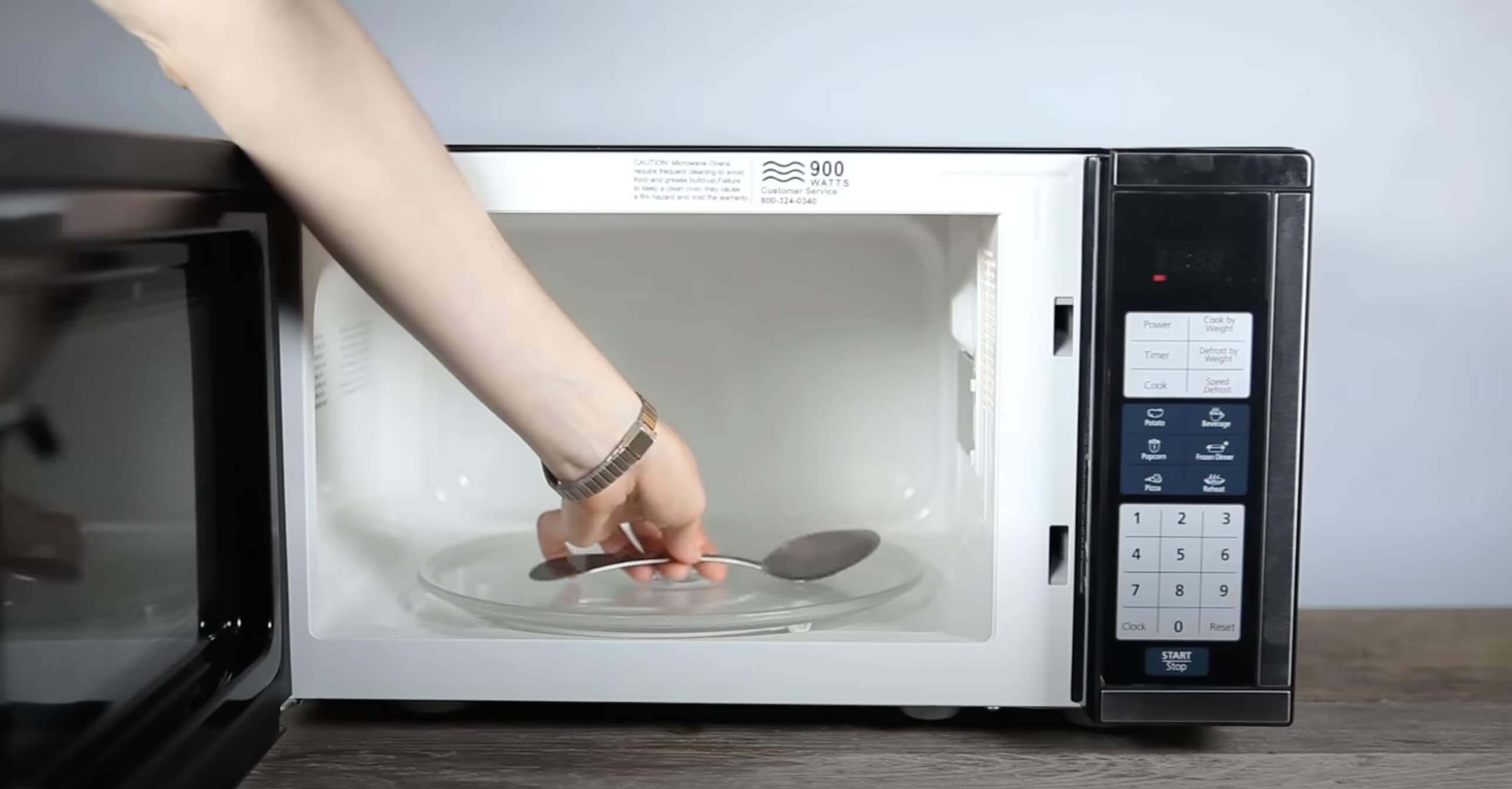
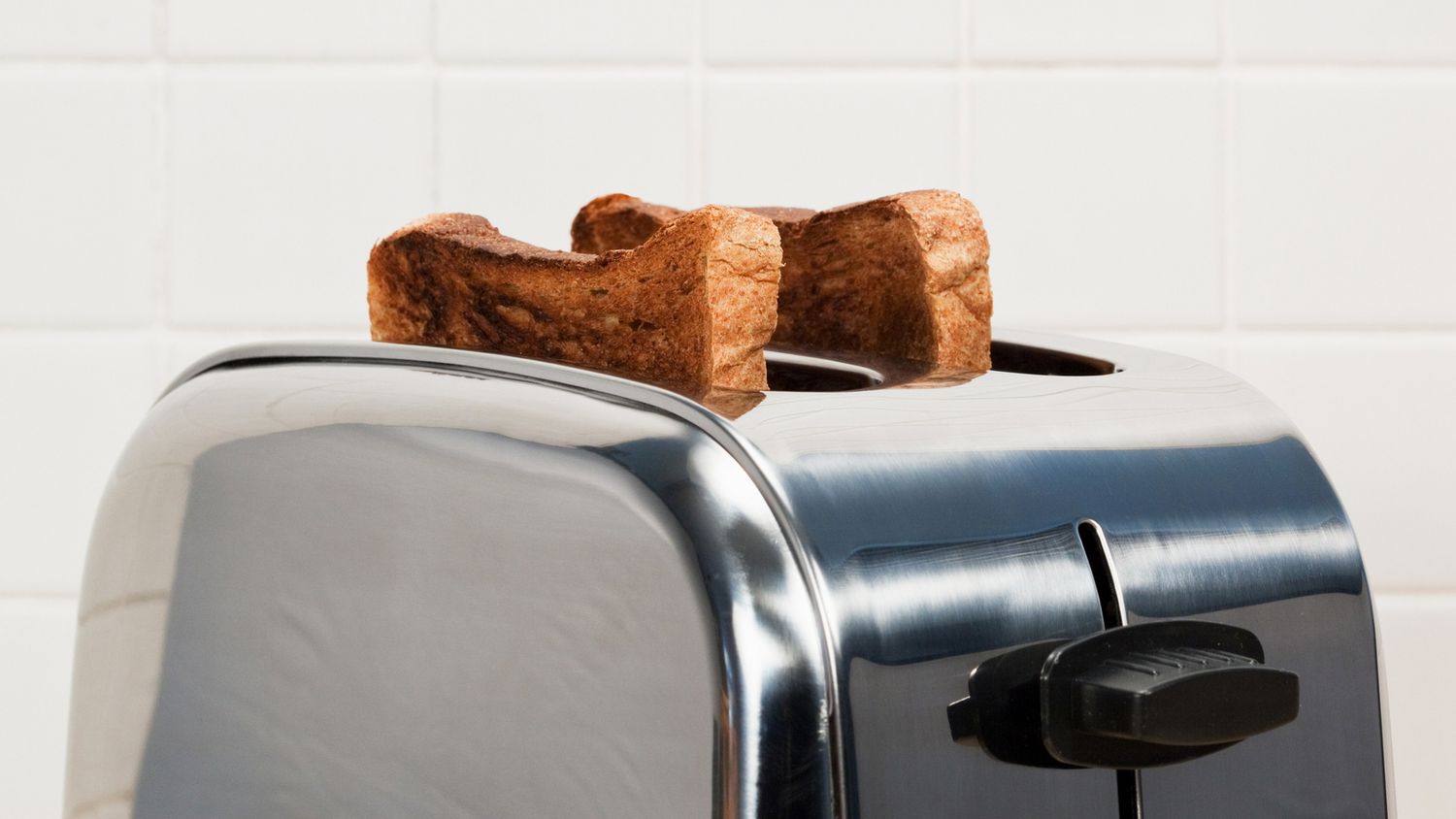
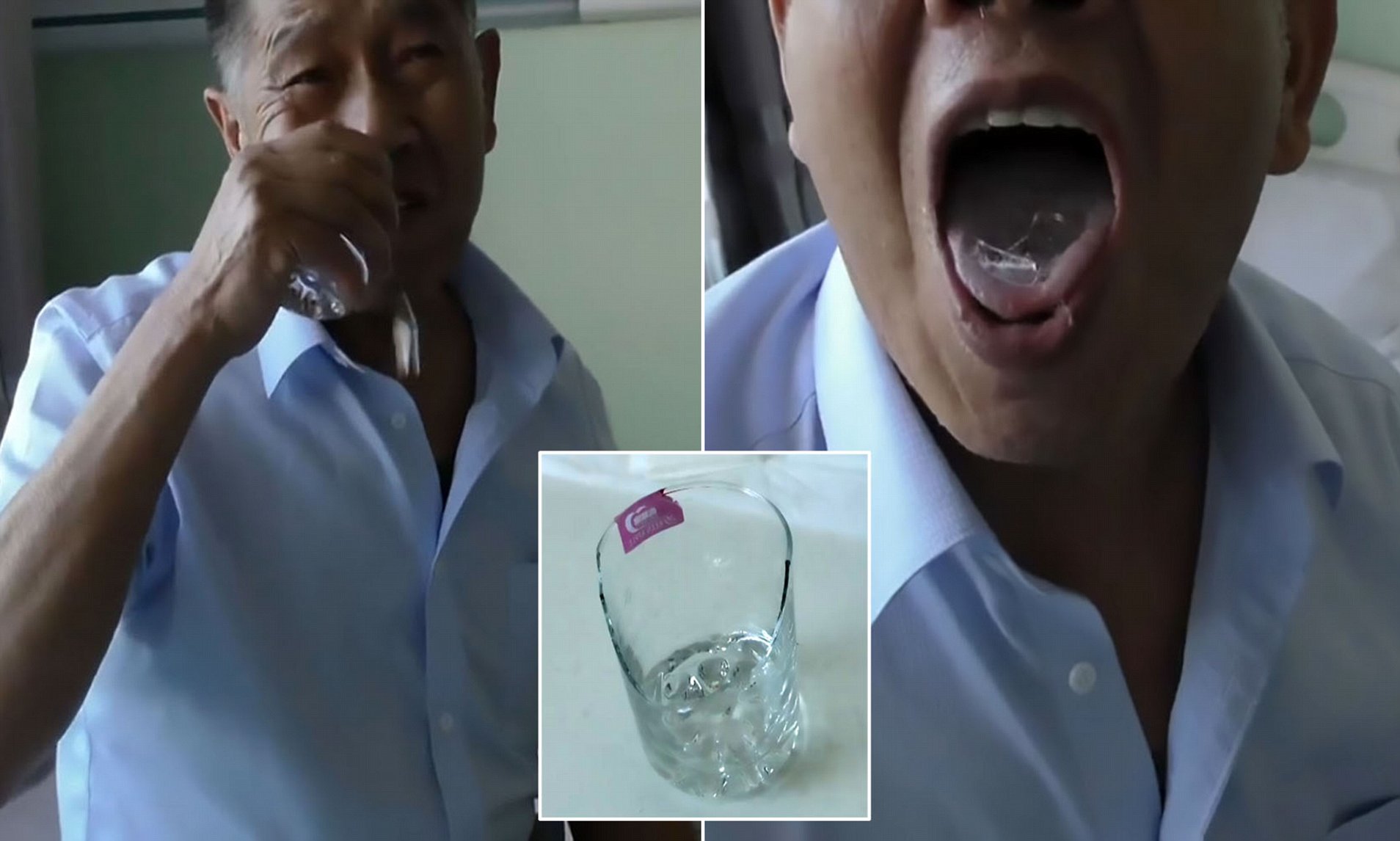

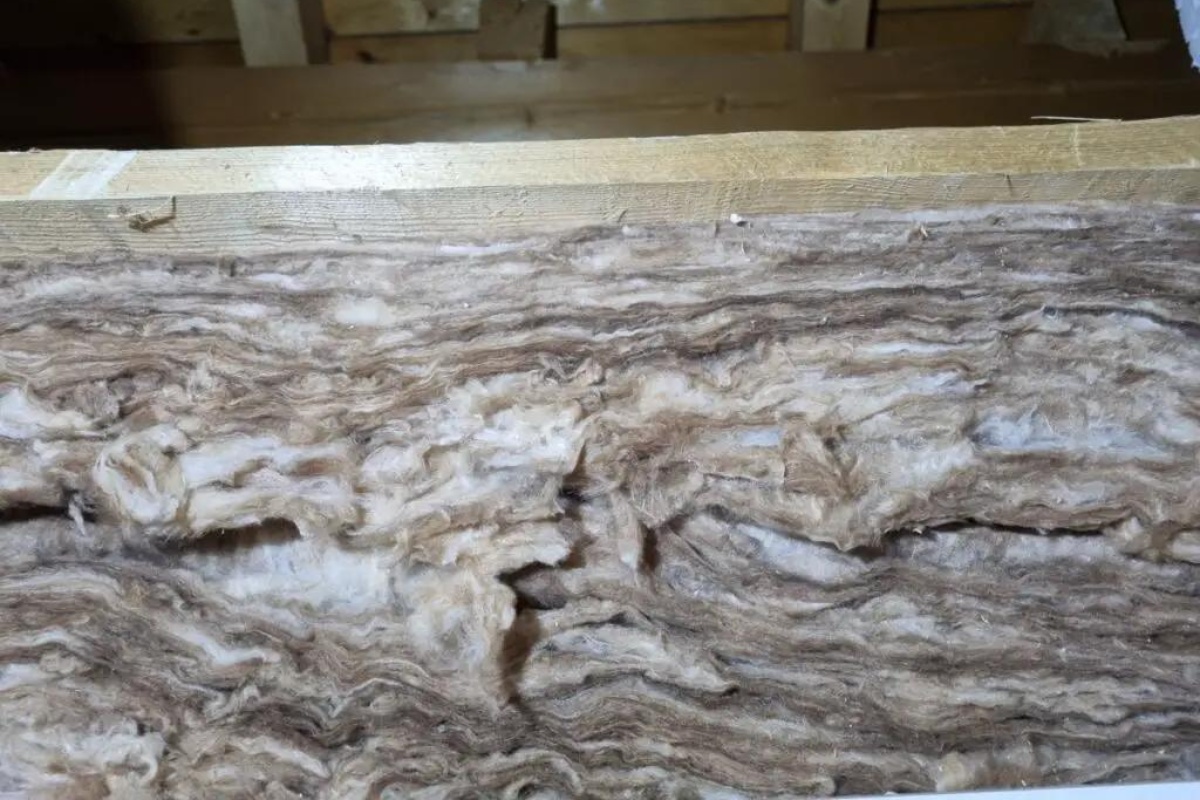


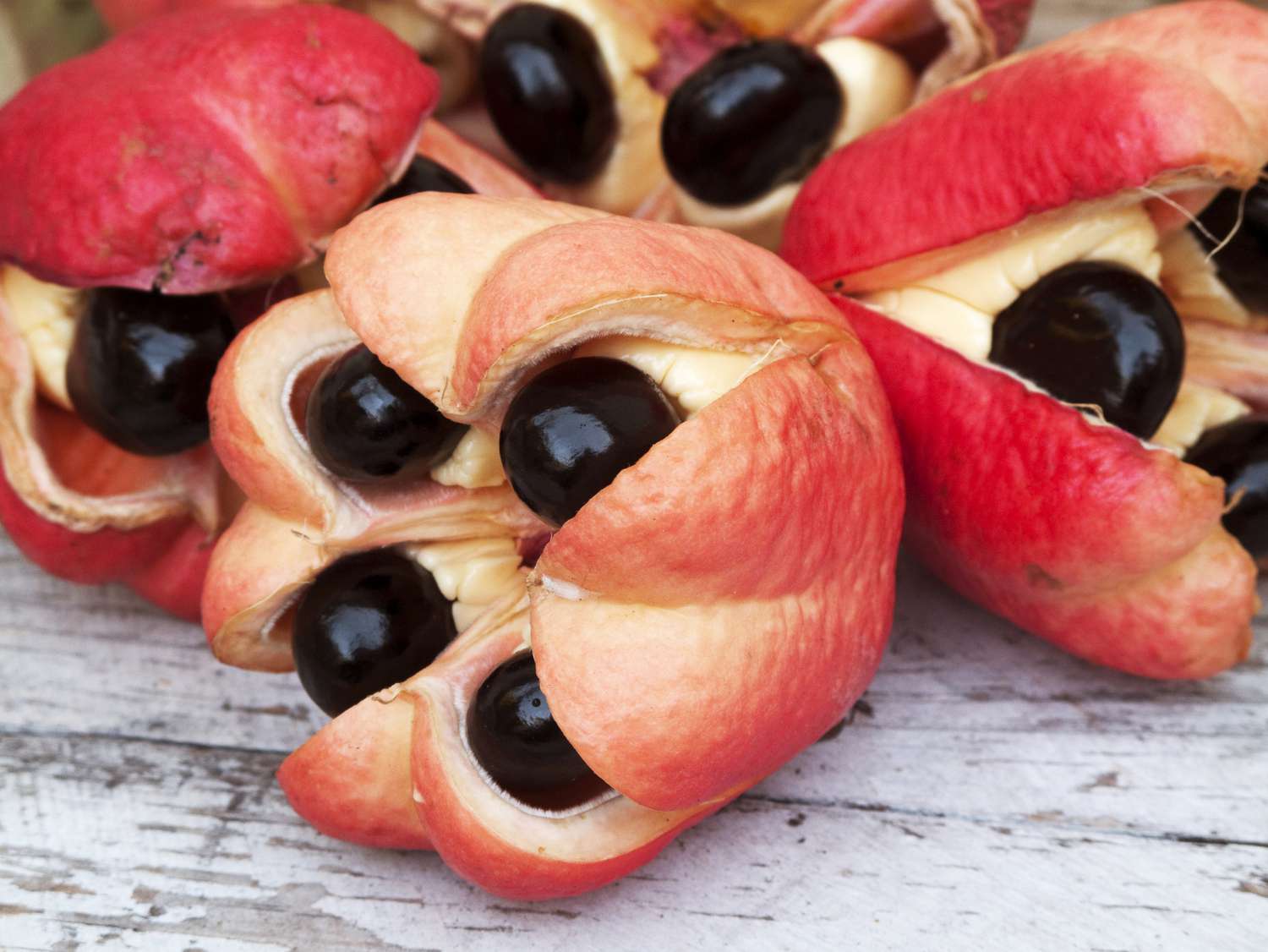
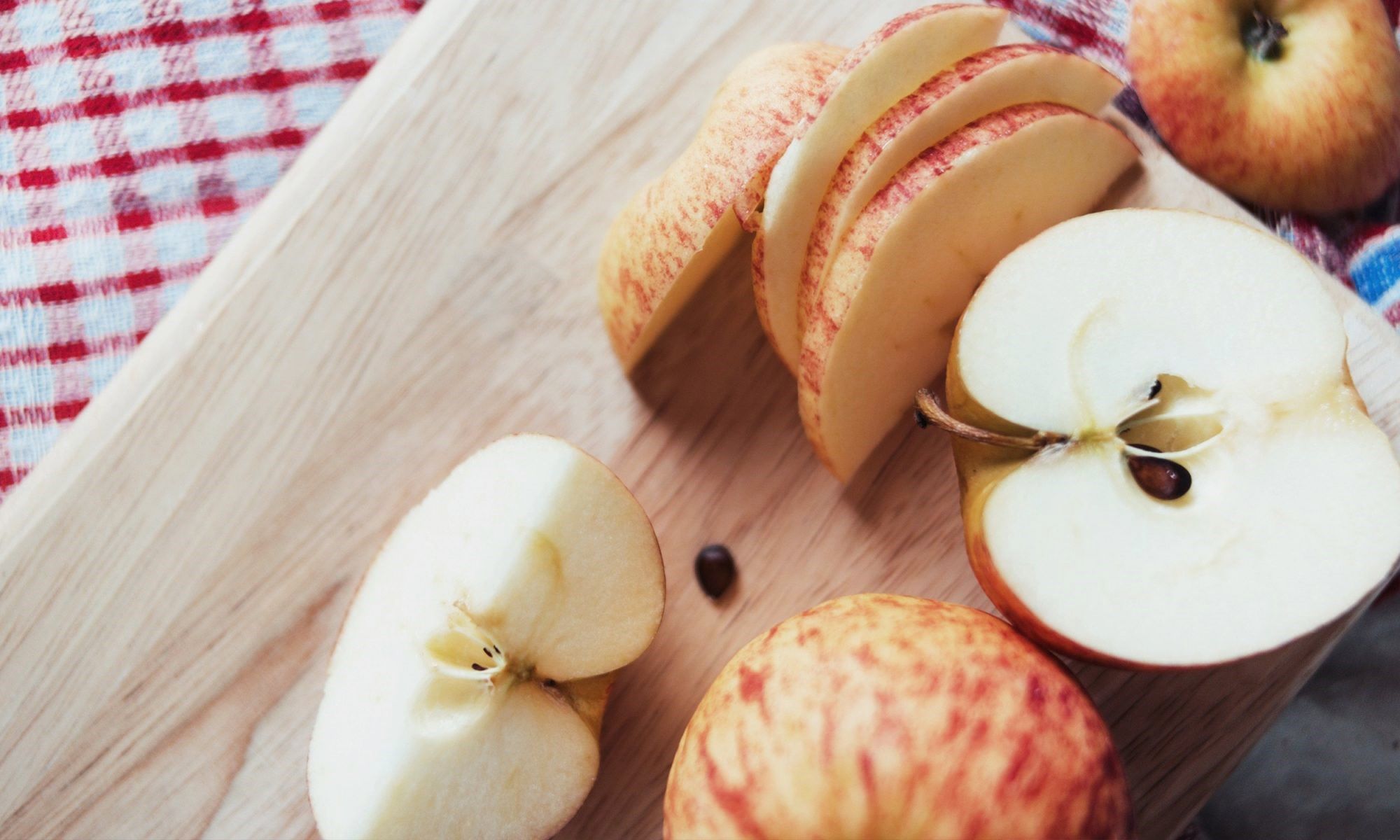
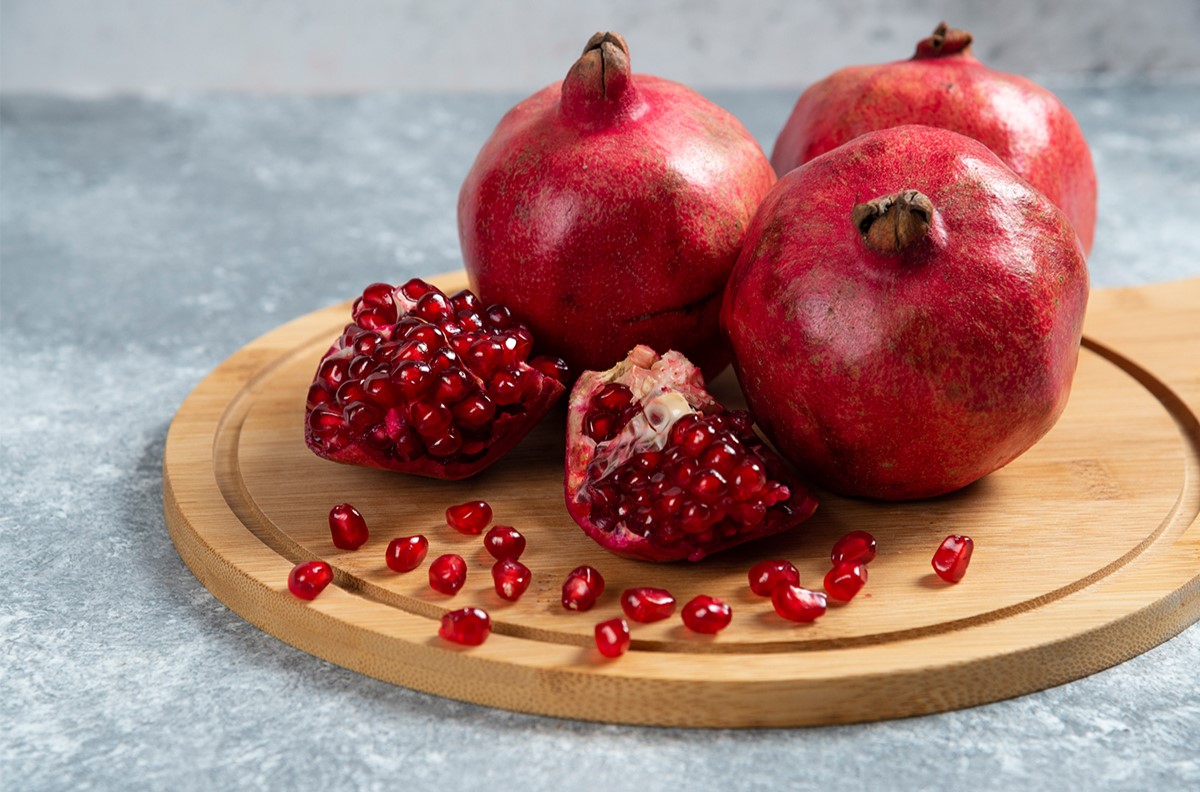
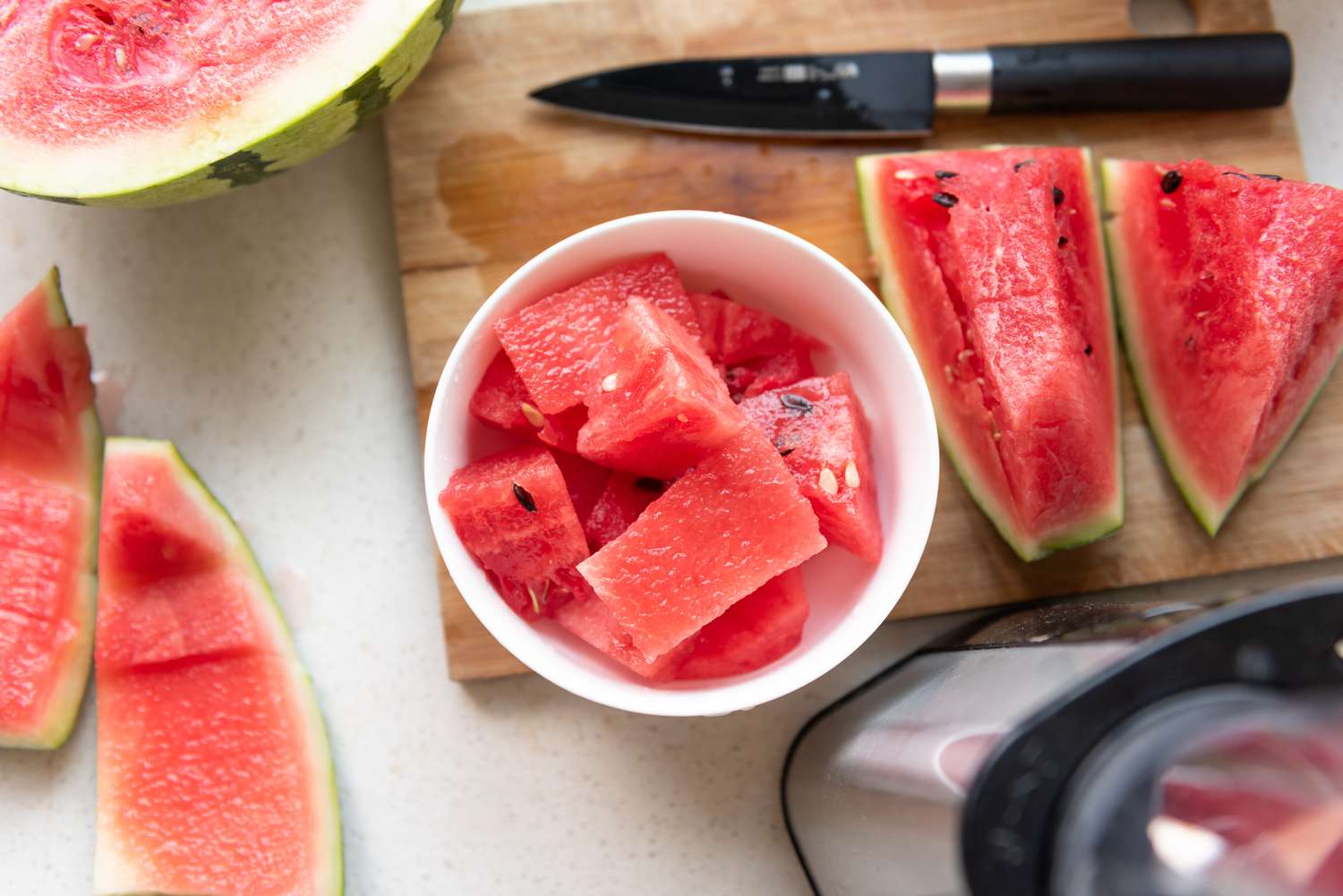




0 thoughts on “What Happens When You Put Ice In A Deep Fryer”